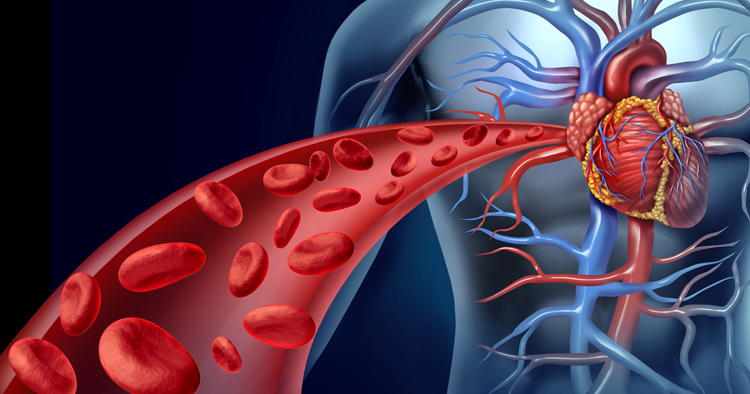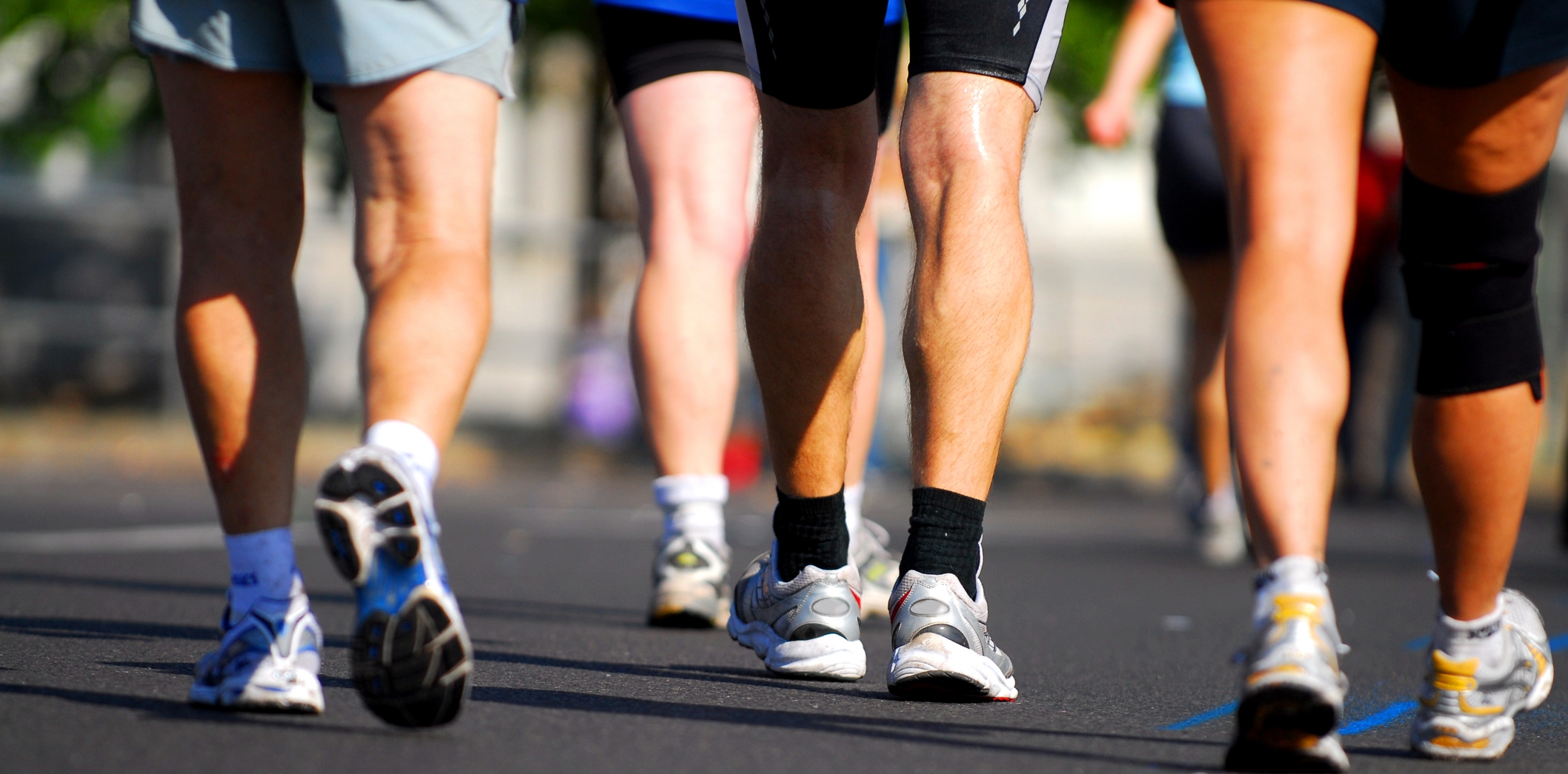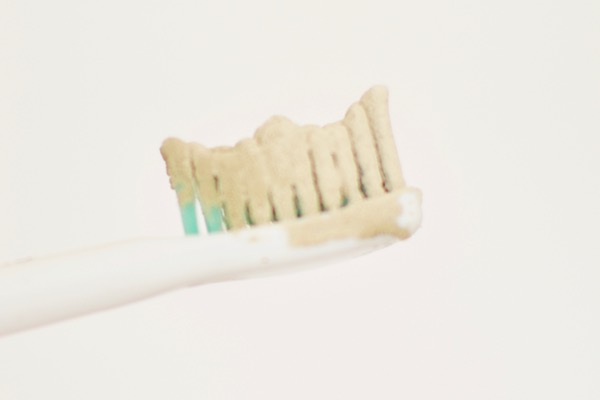Find out why your feet aren’t getting enough blood!
Poor circulation is a fairly common problem in this modern day and age. A lot of inactive people suffer from bad circulation, which is why their feet always end up cold after a few hours of sitting or lying down. The reasons for poor circulation in feet are myriad, but there are a few of the more common causes of poor circulation you need to know about:
- Peripheral arterial disease – PAD is basically a narrowing of the arteries and reduced circulation caused by excessive buildup of cholesterol. Too-high cholesterol levels leads to arterial narrowing, which prevents the blood from passing to the limbs. You may notice numbness and tingling in your feet, which could be a sign of something much more serious. After all, a lack of oxygen in your legs or feet can lead to nerve and tissue damage.
- Varicose veins – Yes, varicose veins can be a contributor to poor circulation in your feet. The enlarged veins aren’t able to transport blood as efficiently as healthy veins, so your feet get less circulation as the veins grow. In some cases, a varicose vein may even cause blood clots, which can lead to more serious problems.
- Blood clots – A blood clot in your leg may cut off the supply of blood, causing your leg to lose sensation. Even if the clot isn’t serious enough to totally cut off blood flow, it could reduce circulation enough that your legs aren’t getting the blood they need. Numbness, tingling, and cold feet are all a side effect of this poor circulation.

READ MORE: 12 Easy Solutions for Circulation Problems
- Diabetes – Diabetes affects every part of your body, including your legs and feet. Many diabetics experience cramps in their lower body, especially during physical activity. These cramps are often accompanied by poor lower body circulation. However, because of the diabetic neuropathy, you may have a hard time recognizing the problem due to reduced sensation in your feet and legs.
- Raynaud’s Disease – This is a chronic condition that affects a surprising number of people. Basically, people with this disease experience chronic cold feet and hands, the result of the narrowing of the arteries in the hands and toes. The narrower arteries are unable to move blood in sufficient quantity, which is why the coldness is often accompanied by tingling and numbness. Stress and cold temperatures can both increase the risk of poor circulation and the symptoms of Raynaud’s Disease.
- Obesity – Being overweight carries many risks, including a very real risk of poor circulation. People who are overweight tend to have clogged arteries and more sluggish flow of blood, meaning they’re naturally predisposed to poor circulation. When they spend a lot of time on their feet, the heart has a hard time pumping blood to their feet. However, sitting for many hours can also lead to poor circulation, as the sedentary activity causes the heart to slow and pump less blood.
The truth is that poor circulation in feet isn’t just something “harmless”. It’s not just a sign that your feet are cold, but it may be an indication that there is something going wrong in your body. The chill and poor circulation may stem from a lack of exercise, or it could be the result of a more serious underlying condition.
Either way, it’s vital that you start to move around more, take steps to lose weight, manage your diet, and visit your doctor. You want to find out what’s really causing the poor circulation in your feet so you can take steps to improve.








